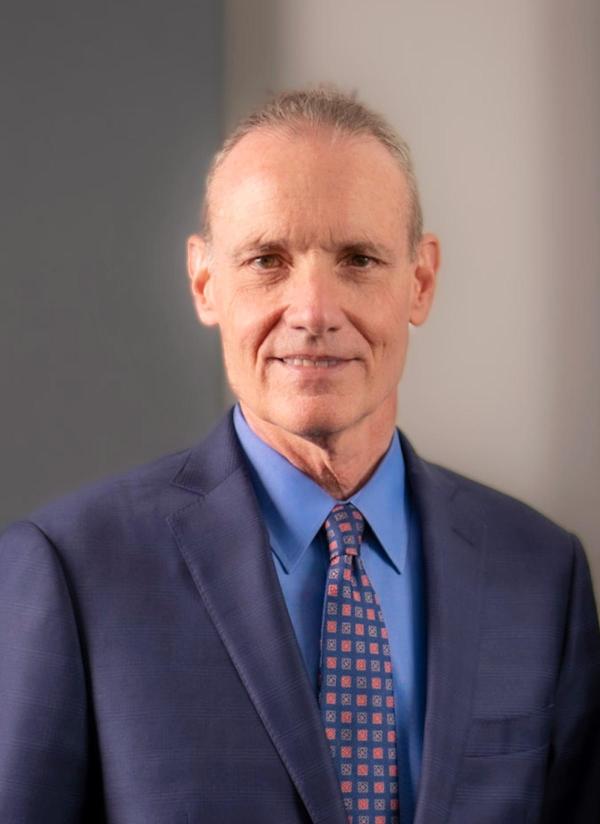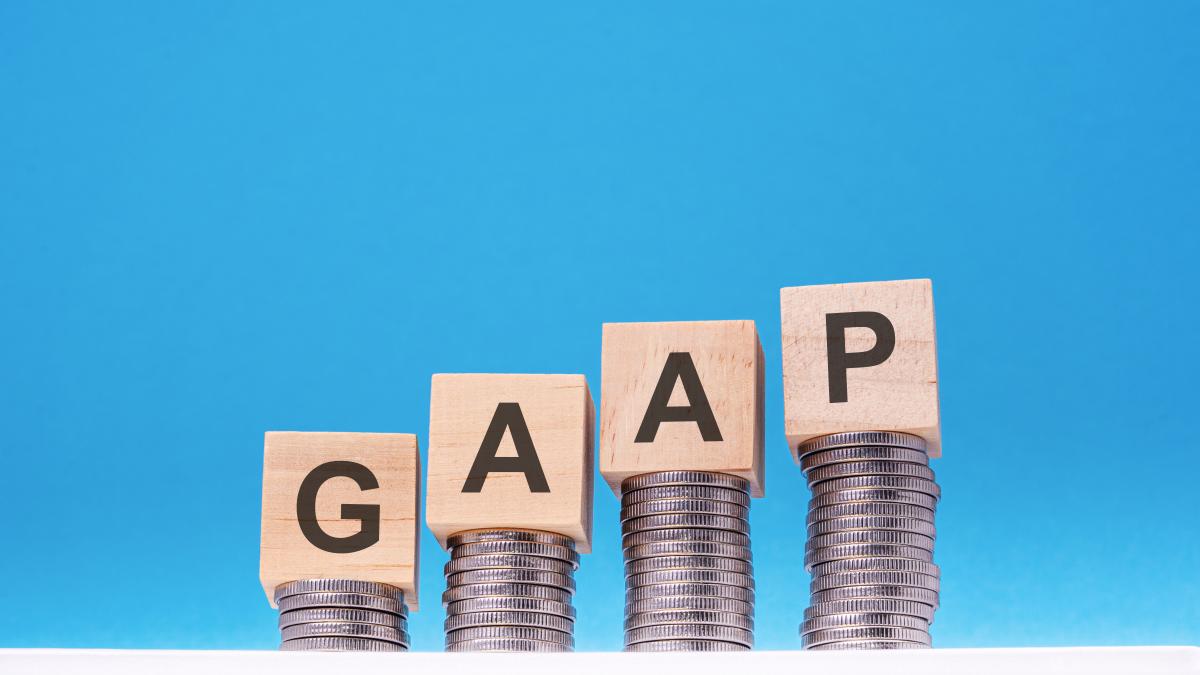By William (Bill) J. Kelly, CAIA, the President & CEO of the CAIA Association.
SVB was mostly destructive. After all, the failure of risk management 101 that led to this collapse was not good for the equity holders and got very close to a systemic tsunami for the rest of us. And the aftermath has been (painfully) instructive, too. In fact, it introduced the rest of the world to the sometimes-arcane intricacies of accounting under GAAP and the follow-on acronyms of HFT (held-for-trading), AFS (available-for-sale), and HTM (held-to-maturity) when it comes to certain holdings on a balance sheet. The two former categories mimic the intent of a garden variety trader— securities held for profit-making purposes, or otherwise available for sale should the need for liquidity arise. As such, accounting regulations require regular mark-to-market treatment, and gains and losses are recognized within the current period’s income statement.
As for the HTM portfolio, not so much. Here the holder is representing the intent to keep the securities to maturity (i.e., a long-term owner) and as such, periodic changes in values even for silly little things like duration risk when the risk-free rate is reset by over 400 BPs in a 12-month period, do not require any adjustment to earnings. It got very interesting for SVB when the HTM unrealized loss just about caught up to the total value of book equity on paper, which was quickly followed by a bank run, and then an obituary. Despite this mess, it is an instructive take-away that even the boring accountants have always recognized the different attributes and intentions of a trader vs. an owner and have comfortably opined on what can be very different valuations, especially in times of high volatility and differing lengths of intended holding periods.
An interesting parallel can be drawn to how we trade or invest our own capital. Open a margin account at either a friendly broker dealer or with a loan shark and see what happens when there is a drawdown in market value at the day’s end. Failure to post more collateral in the former case will result in a forced liquidation of your portfolio, and likely irreversible bodily harm in the latter. Trading is often speculative, the holding period is typically short, and the goal is to buy for what is perceived to be a good price and to sell at an even better one, sometime in the (near) future.
Buying a house is a different story. These are typically highly leveraged transactions where conventional underwriting standards allow for an 80% LTV ratio, or $4 of debt for every $1 of equity; very different than the margin account where 50% collateral must be posted from the get-go. And what about interim marks? It doesn’t matter as long as you make your P&I payments on time. The Case-Shiller Home Price Index dropped 6.27% in the second half of 2022 “wiping out” (on paper) 30% of the equity value of any 80% LTV mortgages that closed in June of 2022. Yet there was no panic, no calls to post additional collateral, and no interim mark-to-market. Houses are not tradeable assets, and the owner has a very different set of (long term) motivations.
The bottom line? Valuation can be elusive, complicated, hotly debated, and likely never resolved to everyone’s satisfaction, especially of late, given the very wide dispersion between public and private equity marks. I don’t have anything incremental to contribute to this discourse other than to perhaps ask the client what she thinks. After all, it is still her asset, held within a very complex and diversified portfolio. Her allocation (and liquidity) targets need to be maintained, which are often tied to real world expectations and contractual obligations to an institution, a teacher, a firefighter, or maybe even you.
Transparency is what truly matters. This very theme will be discussed at a CAIA Association event in Philly next week and I encourage all of you to either attend or ping me with any additive inputs to this debate. Ultimately, Marks can be elusive when you are not Schelling in the near term, and the wrong assumptions can make an Asness out of you or me.
Seek education, diversity of both your portfolio and people, and know your risk tolerance. Investing is for the long term.
About the Author:
William (Bill) J. Kelly, CAIA, is the President & CEO of the CAIA Association. Bill has been a frequent industry speaker, writer, and commentator on alternative investment topics around the world since taking the leadership role at the CAIA Association in January, 2014.
Previously, Bill was the CEO of Boston Partners and one of seven founding partners of the predecessor firm, Boston Partners Asset Management which, prior to a majority interest being sold to Robeco Group in Rotterdam in 2002, was an employee-owned firm. Bill’s career in the institutional asset management space spans over 30 years where he gained extensive managerial experience through successive CFO, COO and CEO roles. In addition to his current role, Bill is a tireless advocate for shareholder protection and investor education and is currently the Chairman and lead independent director for the Boston Partners Trust Company.
He has previously served as an independent director and audit committee chair for ’40 Act Mutual Funds and other financial services firms. He is also currently an Advisory Board Member of the Certified Investment Fund Director Institute which strives to bring the highest levels of professionalism and governance to independent fund directors around the world. A member of the board of the CAIA Association, Bill also represents CAIA in similar capacities via their global partnerships with other associations and global regulators. Bill began his career as an accountant with PwC and is a designated Audit Committee Financial Expert in accordance with SEC rules. Follow Bill Kelly on Twitter @CAIA_BillKelly





